Ancient news stories
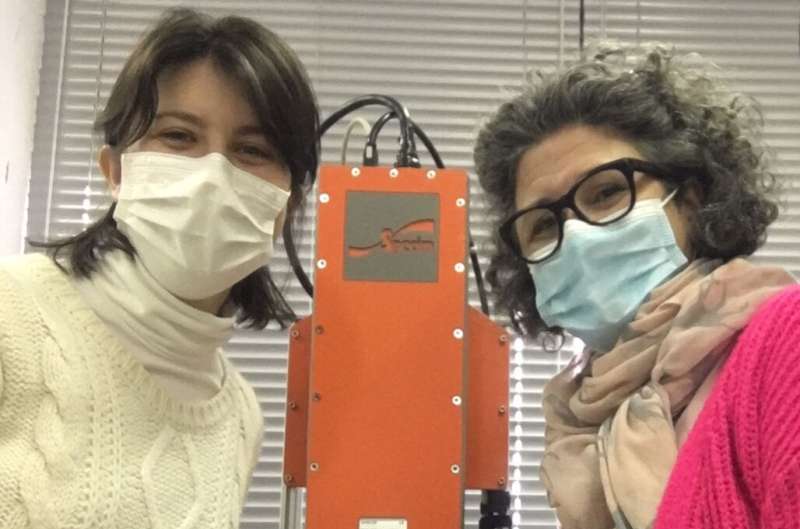
An innovative method developed by an Italian team is emerging that will revolutionize the field of archaeology and radiocarbon dating and protect our cultural heritage. The researchers have used it with surprising results on archaeological bones, making the ‘invisible’ visible.
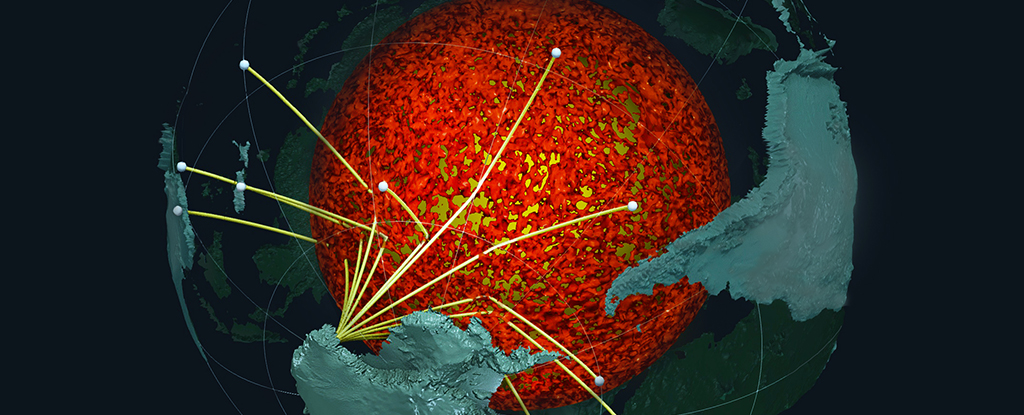
Scientists have stitched together the most high-resolution map yet of the underlying geology beneath Earth’s Southern Hemisphere, revealing something previously undiscovered: an ancient ocean floor that may wrap around the core. See the research here.

About 1,300 years ago a scribe in Palestine took a book of the Gospels inscribed with a Syriac text and erased it. See the research here.
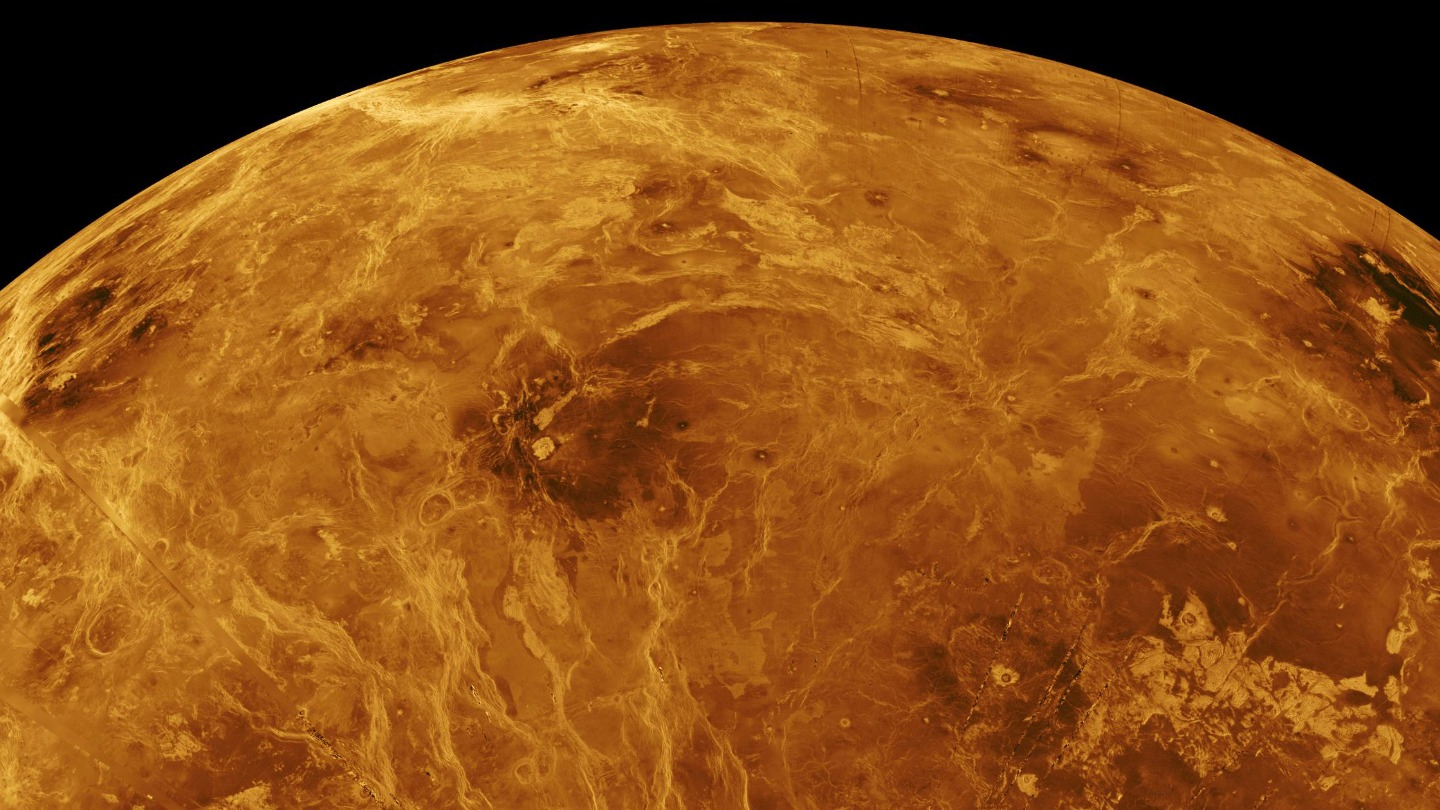
The hellscape of Venus is riddled with even more volcanoes than scientists thought. See the research here.

People were getting high on hallucinogenic drugs in Spain around 3,000 years ago, according to new research.
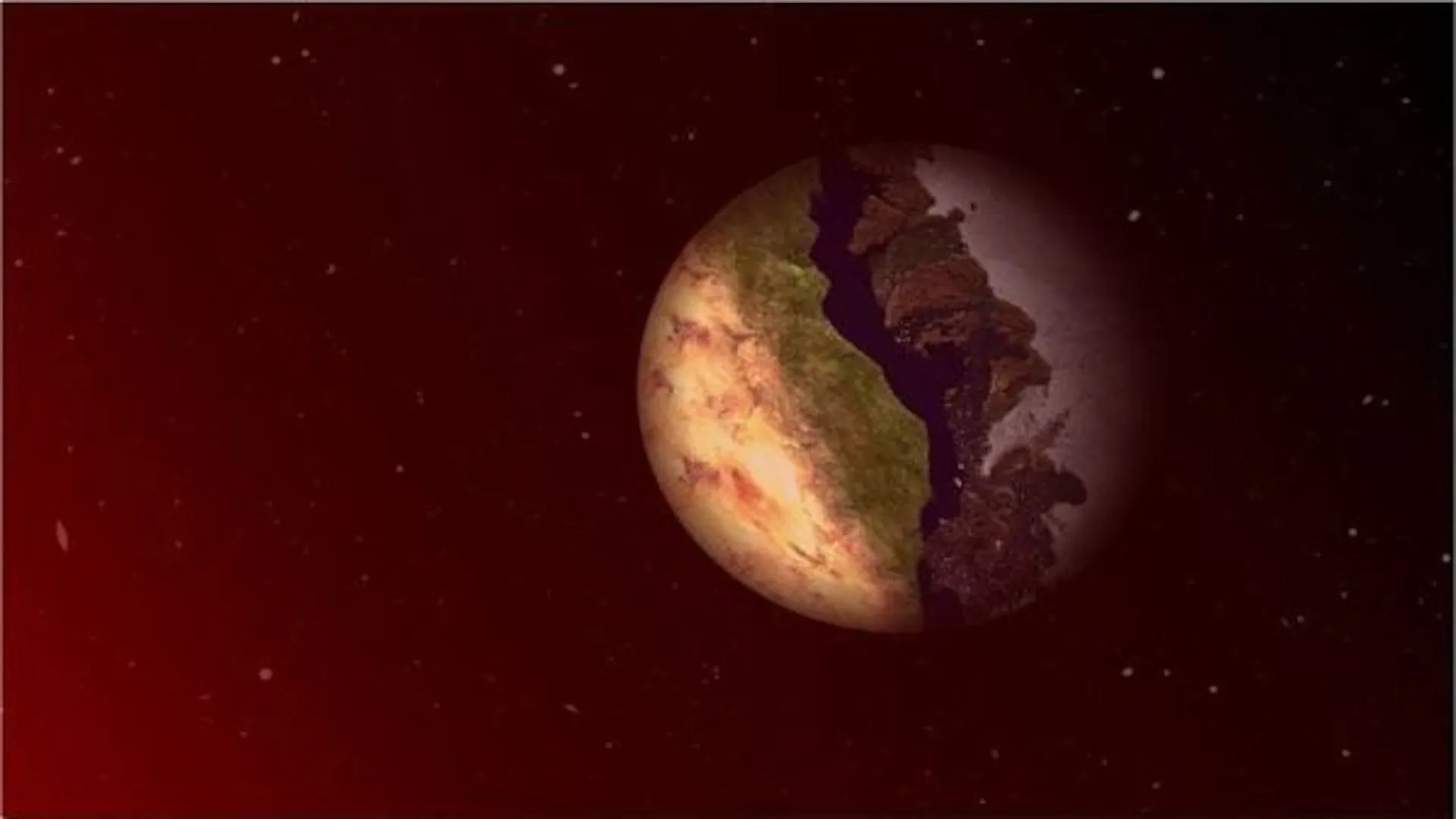
In a new study, astronomers propose that extraterrestrial life could exist in so-called terminator zones, the border between light and dark halves of an exoplanet.
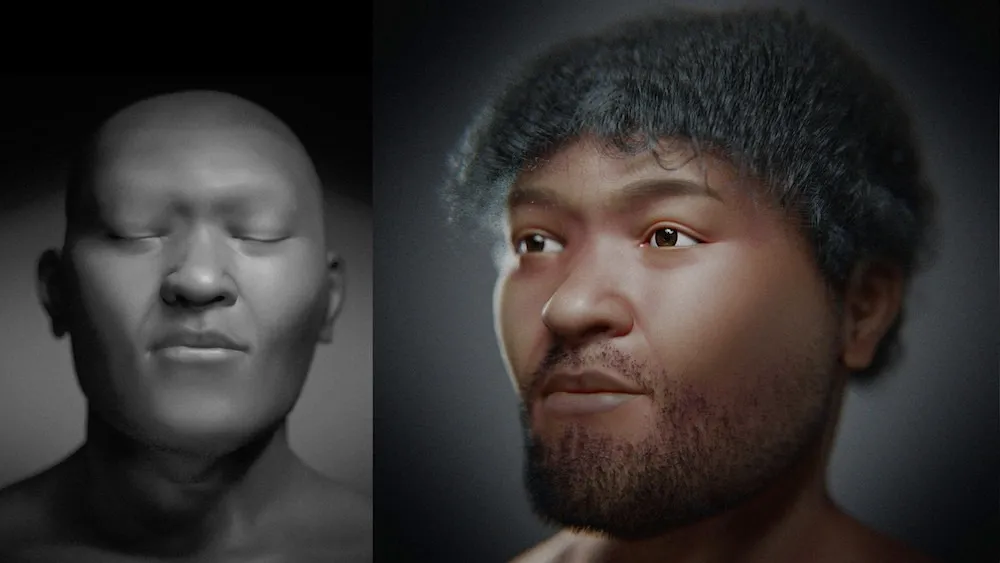
See the oldest human ever found in Egypt in a stunning new facial approximation.
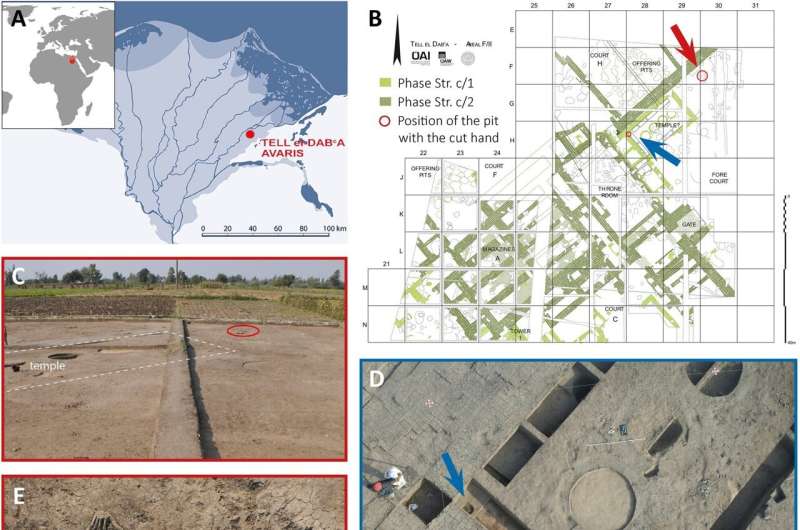
The first physical evidence of an ancient practice previously known only from iconographic and literary sources—12 to 18 right hands buried beneath pits in an ancient Egyptian palace. See the study here.
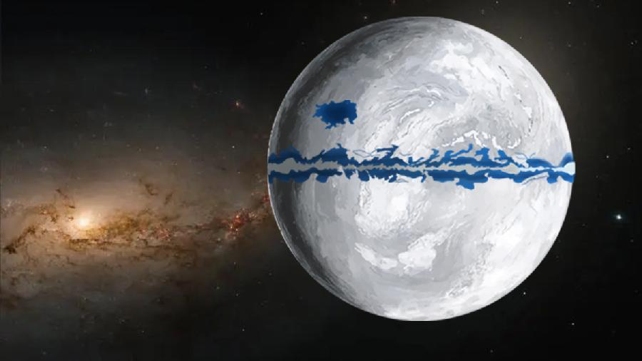
A new study by researchers from China and the UK is the latest to suggest ‘Snowball Earth’ wasn’t completely covered in ice – and might have even exhibited habitable open-ocean conditions far away from the equator.
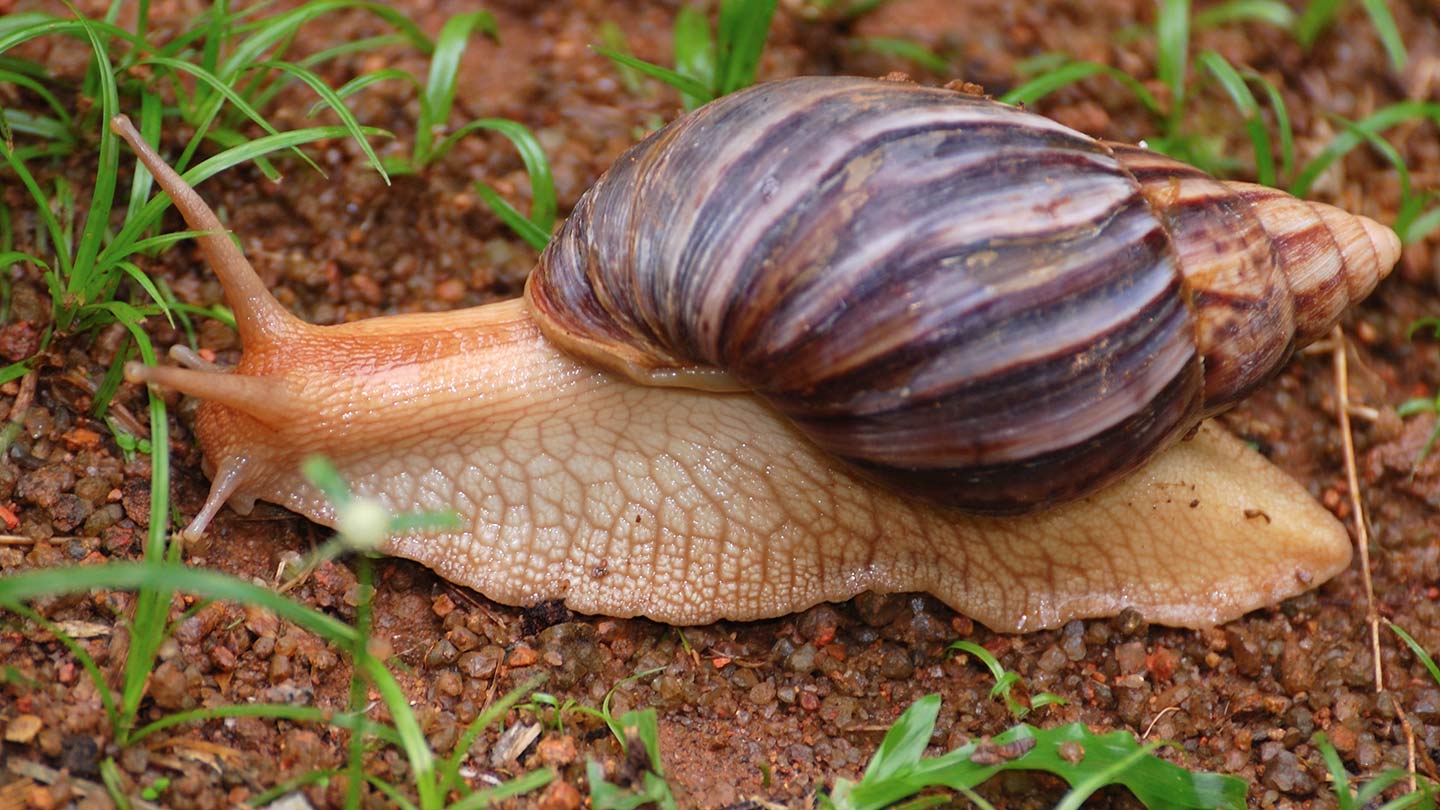
Until now, the oldest evidence of Homo sapiens eating land snails dated to roughly 49,000 years ago in Africa and 36,000 years ago in Europe. But tens of thousands of years earlier, people at a southern African rock shelter roasted these slimy, chewy — and nutritious — creepers that can grow as big as an adult’s hand, researchers report in the April 15 Quaternary Science Reviews.

Native American people integrated horses into their communities much earlier than European colonial records suggest, according to an innovative study that combined archaeological and genetic analysis with Indigenous oral traditions.
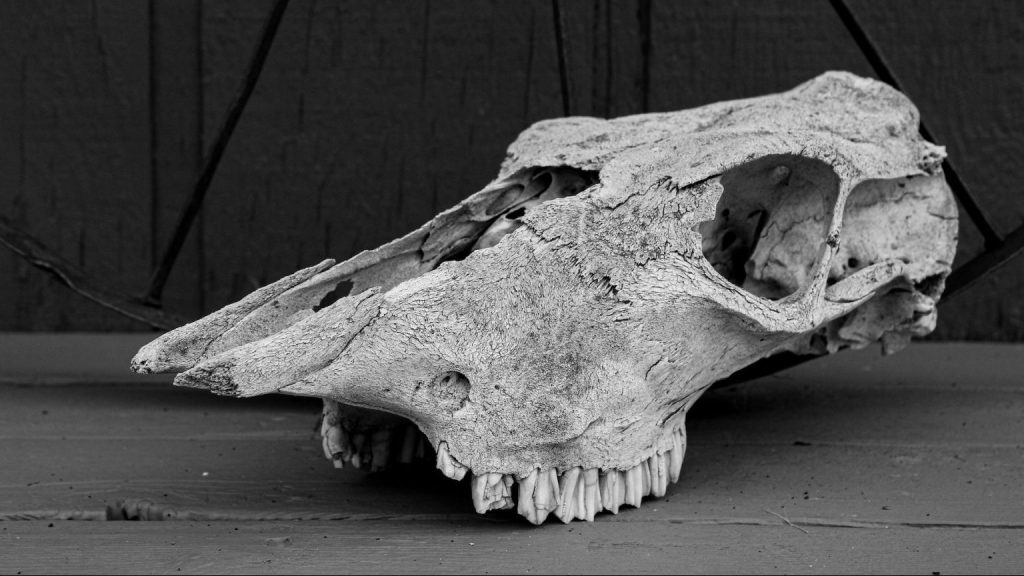
Sixty thousand years ago, give or take a few millennia, bands of Neanderthals thrived in a valley in central Spain, doing everything they needed to survive generation after generation. But about 45 miles north of what is now the city of Madrid, researchers have discovered a site that makes a strong case for a totally unheard-of Neanderthal behavior.

The first DNA recovered from members of the medieval Swahili civilisation has revealed that Africans and Asians were intermingling along the East African coast more than a thousand years ago, a study has revealed.
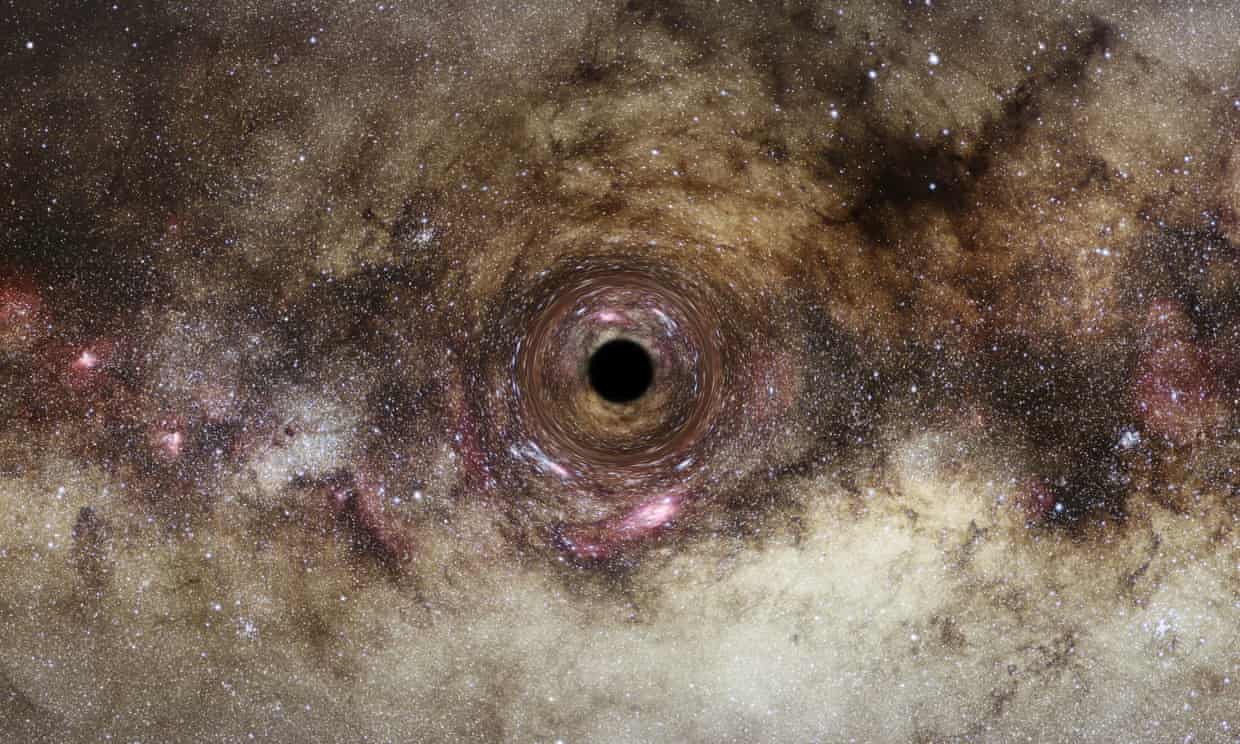
An ultramassive black hole about 30bn times the mass of the Sun has been discovered by astronomers in the UK.

A 2022 attempt at creating a sweeping family tree for the human race, and at least three others, reached back 2 million years, long before Homo sapiens are believed to have originated in Africa 200,000 years ago.
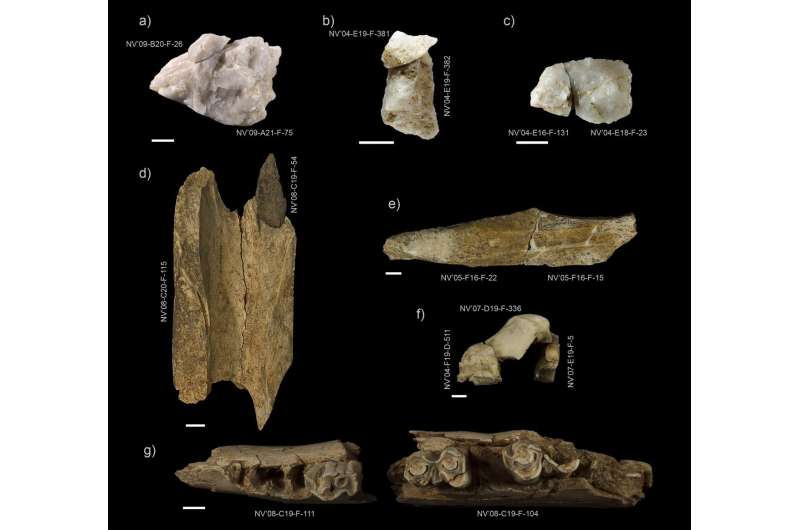
A paper published in the journal Archaeological and Anthropological Sciences undertakes a spatial analysis of the faunal remains and lithic tools for the Neanderthal occupation of level F at the Navalmaíllo Rock Shelter site (Pinilla del Valle, Madrid), which is about 76,000 years old.








